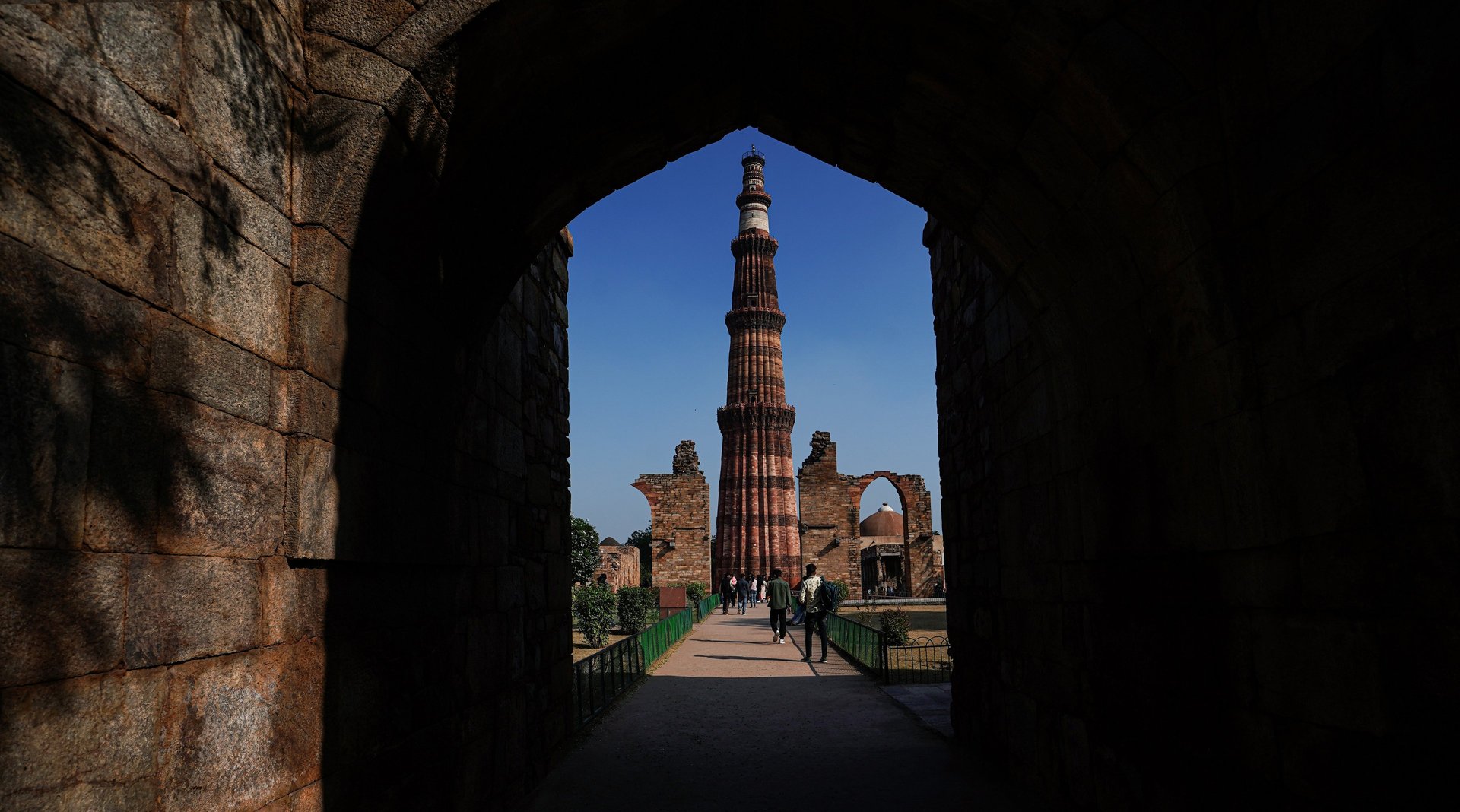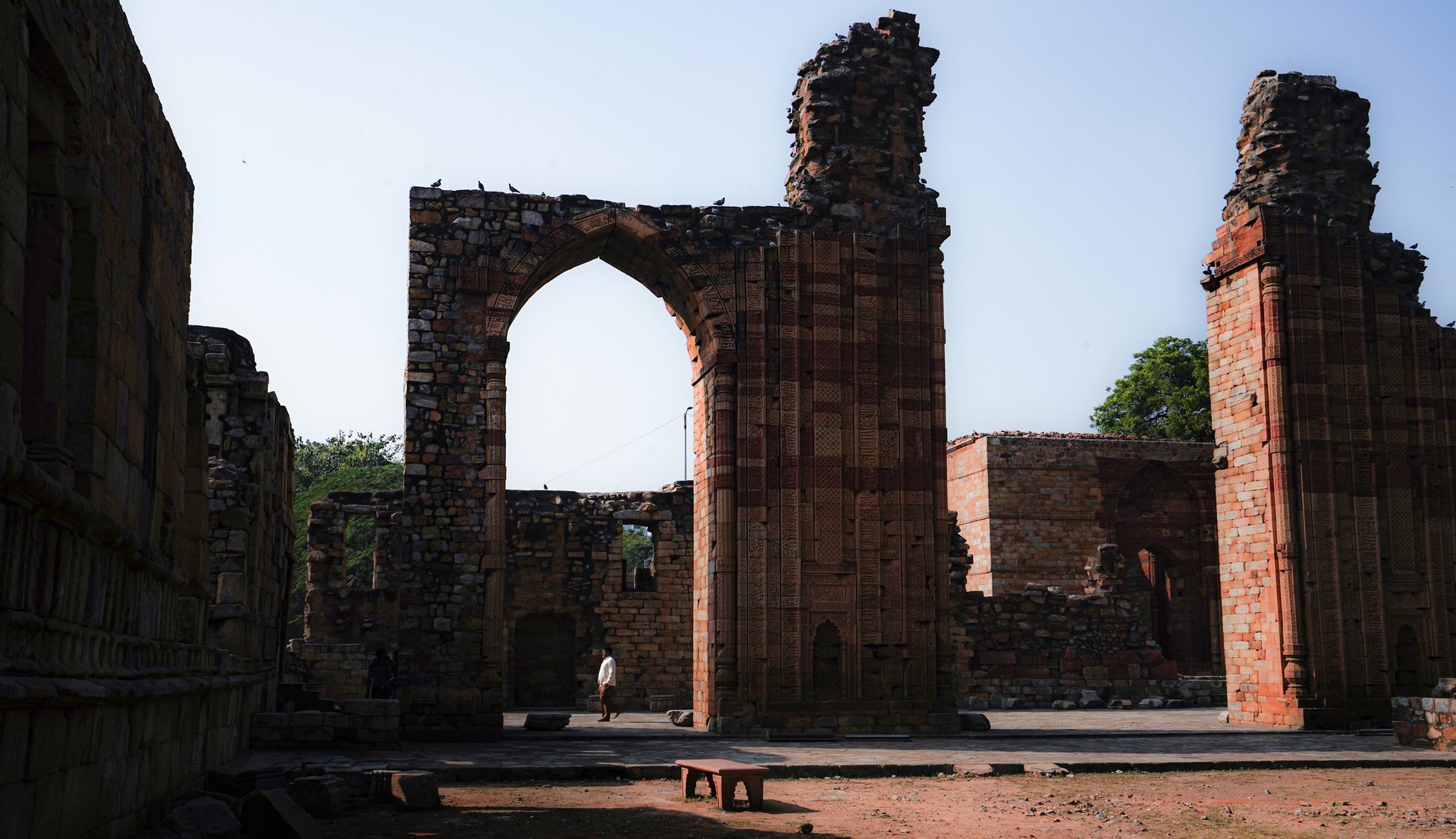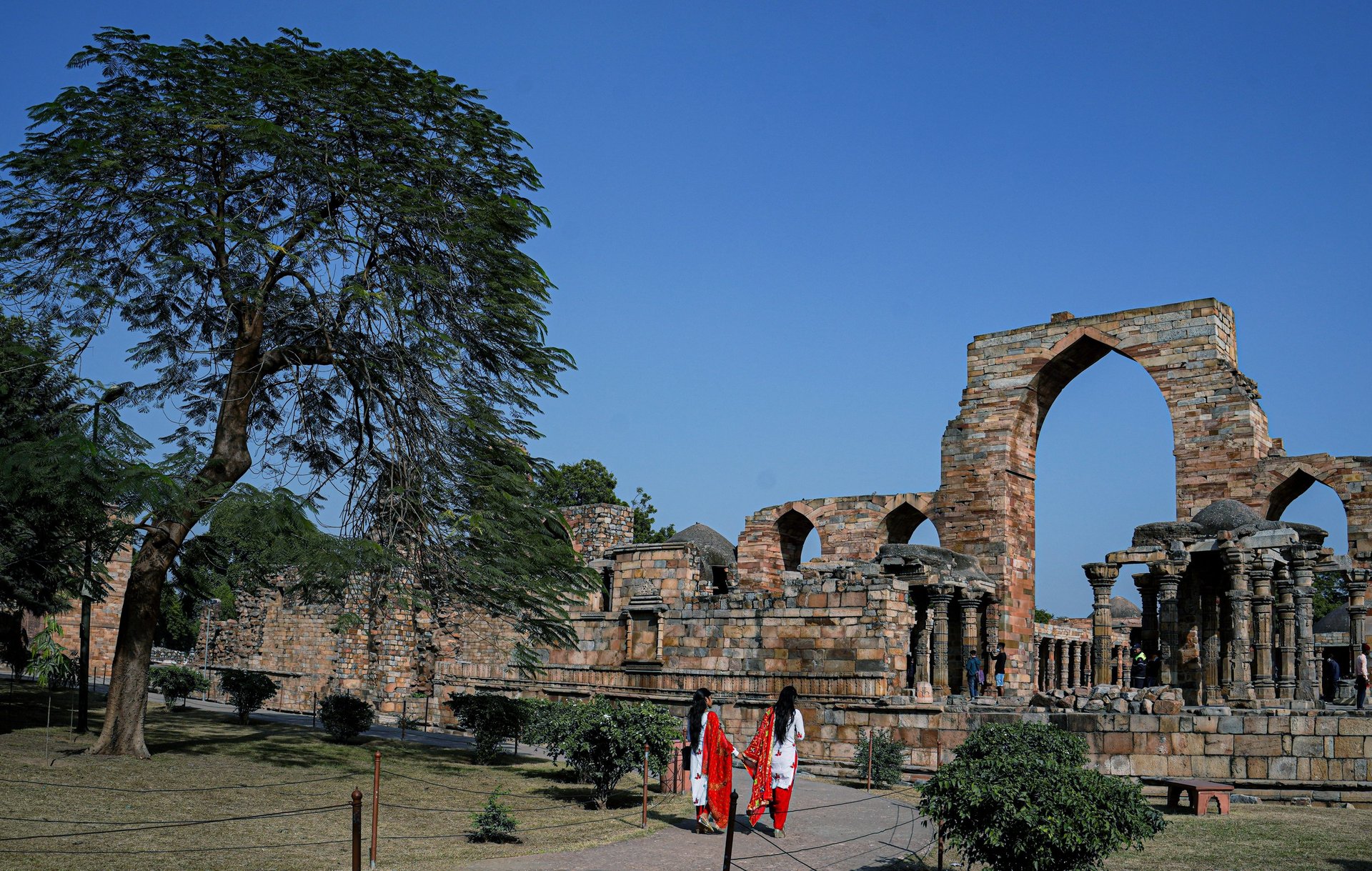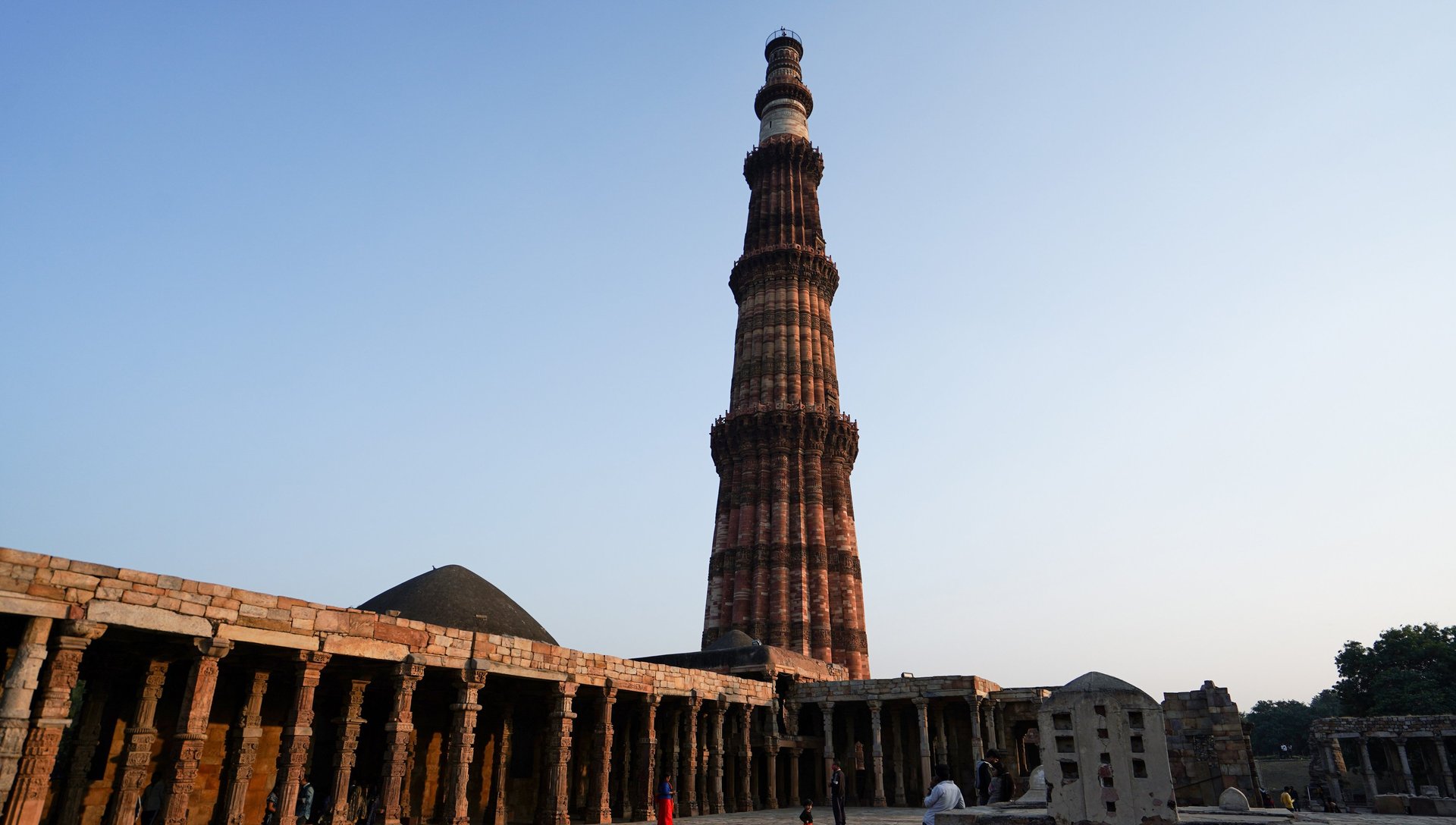Qutub Minar: A Marvel of History and Architecture
Qutub Minar, a UNESCO World Heritage Site in Delhi, stands at 72.5 meters, blending Afghan and Indo-Islamic styles. Its intricate carvings and historical significance offer a glimpse into India's rich architectural heritage.
12/12/2024





In December 2021, I visited Qutub Minar for the very first time. It was a memorable experience to see this magnificent structure in person, something I had only read about in my childhood textbooks. Qutub Minar, located in Mehrauli, Delhi, is not just a towering monument but also a window into India’s rich history and architectural brilliance.
A Bit About Qutub Minar
Qutub Minar stands tall at 72.5 meters (239 feet) and is one of the finest examples of early Afghan architecture, which later blended into what we now call Indo-Islamic architecture. Interestingly, the design of Qutub Minar is inspired by the Minaret of Jam in Afghanistan. It was built by Qutb-ud-din Aibak, the founder of the Delhi Sultanate, and completed by his successor, Iltutmish.
What makes Qutub Minar even more fascinating is that many of its elements were crafted from the remnants of demolished Hindu temples, British architectural influences, and other sources. This mix of styles is evident in its intricate carvings and patterns, which showcase a blend of cultures and craftsmanship.
The Iron Pillar
One of the most captivating features in the Qutub Minar complex is the Iron Pillar. This 7.21-meter high pillar, weighing over six tonnes, is a metallurgical marvel. Originally erected by Chandragupta II Vikramaditya (375–414 AD) in Udayagiri, it was later brought to its present location by Anangpal in the 10th century CE. Anangpal built a Vishnu Temple at the site and included this pillar as part of it. The pillar has inscriptions in Sanskrit and remains rust-free despite being centuries old, showcasing the advanced knowledge of metallurgy in ancient India.
My Experience
Seeing Qutub Minar up close was an incredible experience. The blend of different architectural styles, from the intricate carvings on the red sandstone to the Arabic and Brahmi inscriptions, left me in awe. I took several photographs for my long experience. Walking through the complex, I could feel the layers of history surrounding me.
Visitor Guide
Best Time to Visit: The best time to visit Qutub Minar is during the cooler months, from October to March. The pleasant weather allows you to explore the site comfortably.
Ticket Details: Entry tickets are reasonably priced. Indian citizens pay around ₹40, while foreigners are charged ₹400. Children under 15 years can enter for free. Tickets can also be purchased online. https://asi.payumoney.com/.
How to Reach: Qutub Minar is easily accessible by various modes of transport. The nearest metro station is Qutub Minar on the Yellow Line, just a short walk or rickshaw ride away. You can also take buses or hire a taxi or auto-rickshaw.
Conclusion
Visiting Qutub Minar was like stepping back in time. It’s more than just a monument; it’s a testament to India’s diverse history and architectural excellence. If you haven’t been there yet, I highly recommend adding it to your travel list. Whether you are a history enthusiast or just looking for a serene spot to explore, Qutub Minar will not disappoint!


